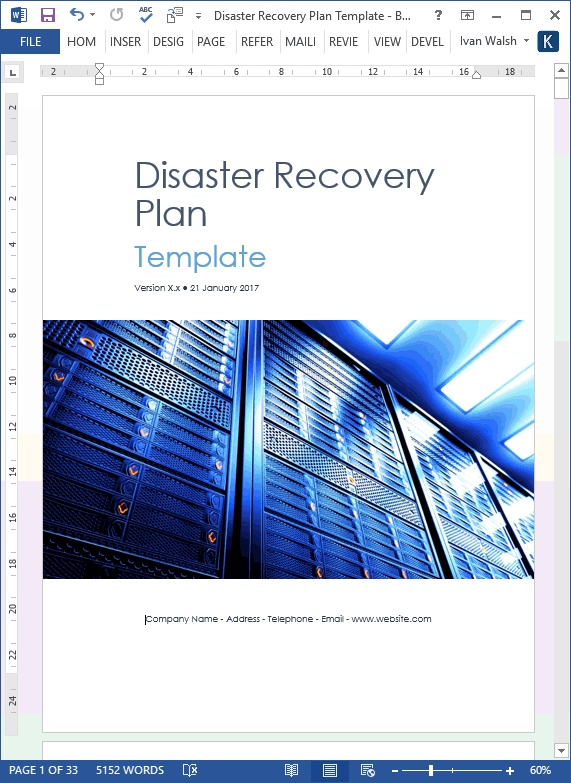Non-native English speakers often face significant hurdles when communicating when they move to English speaking countries, such as the US or UK. These challenges can include navigating language nuances, cultural expectations in written communication, and industry-specific jargon.
Category Archives: Business Writing
Top tips for Business Writing. Learn how to write reports, proposals, emails, and other types of writing used to communicate with different audiences. Business writing is a also known as business communication and professional writing.
If you work in an IT company, you know that communicating both internally and externally to customers is always a challenge.
Creating a communications plan especially in IT is difficult as due to the dynamic nature of the industry, multiple stakeholders, and the technical complexity of the products.
If I were to identify some of the main challenges I see, it would include the following:
I’m increasingly using ChatGPT for different writing related tasks. To be clear, I’m not asking it to write original text for me, rather to help with the support tasks, such as research, analysis, proofing, and validation.
This is the first in a series of articles on how to use ChatGPT – Google Gemini and Claude are just as effective – to refine your response to RFPs.
For Product Managers, using AI to write user stories offers several benefits, namely, Efficiency, Consistency, and Scalability.
Whether Google Gemini, ChatGPT or Claude, you can quickly produce multiple user stories, saving time compared to manual writing. If you provide with strict writing guidelines, it will follow a consistent structure and format, ensuring uniformity across all your user stories.
A few weeks ago I wrote that I didn’t like business writing when I started out. Why? Well, it took me several centuries to write very long white papers, data sheets, and other sales collateral. Strange word ‘collateral’ isn’t it? The main reason we did this was the ‘assumption’ that customers preferred lengthy documents. These doorstoppers covered all aspects of the product/service. Sure, it had its place. But not all documents have to land with a thud. It’s the same with writing Business Plans. It doesn’t have to be fifty pages if you can get it under twenty and keep the material focused.
AI tools can be very helpful in drafting and reviewing executive summaries. Writing executive summaries plays to AI’s strengths in that it summarizes material you’ve provided and structures it accordingly. It has no reasoning or creative elements involved, which is where AI struggles.
So, with that said, let’s look at how to start writing executive summaries using Google Gemini, my personal go-to AI tool. You can follow the same steps with Claude and Microsoft Bing if you prefer.
Hi, it’s Sean here at Klariti. if you’re looking for a detailed business case template, this MS Word document will get you up and running. It includes pre-populated sections you use adopt for your project and writing guidelines to walk you through the document.
Seeking feedback is essential to improve any skill whether it’s writing, planning or coding. Instead of running away from feedback, look for ways to weave it into your overall writing process.
By leveraging feedback, you’ll be able to identify blind spots and areas where you can improve, ultimately leading to higher-quality writing.
Here’s a favorite quote from Anne Lamott from the introduction to “Bird by Bird: Some Instructions on Writing and Life” about the value of feedback:
“I know I’m somewhat criticism-deaf, criticism-resistant, but I try to keep an open mind about it because I know that being a good writer has to involve being a good reader and a good listener.”
A business writing checklist ensures your documents are clear, brief, well-organized, accurate, and professional.
A writing checklist ensures you include the key elements in your document, and protects you from overlooking some critical step when writing to a tight deadline.
Summary: A business case summarizes the rationale for a proposed project or initiative.
Use the following five pillars to structure your document: strategy, options, commercial viability, affordability, and achievability.
Where to start if you have to create a disaster recovery plan from scratch? We recommend that clients identify the most important items first – that is, what must be recovered – then look at how to recover the other assets you’ll need to get up and running. In this tutorial, we’re going to look […]









